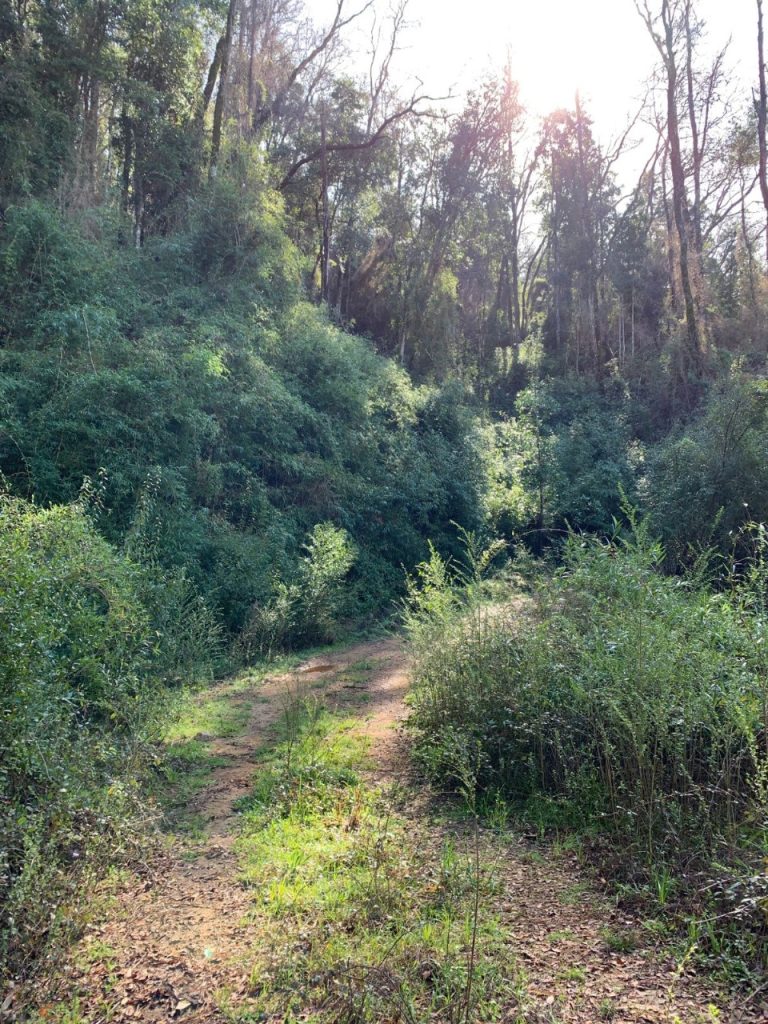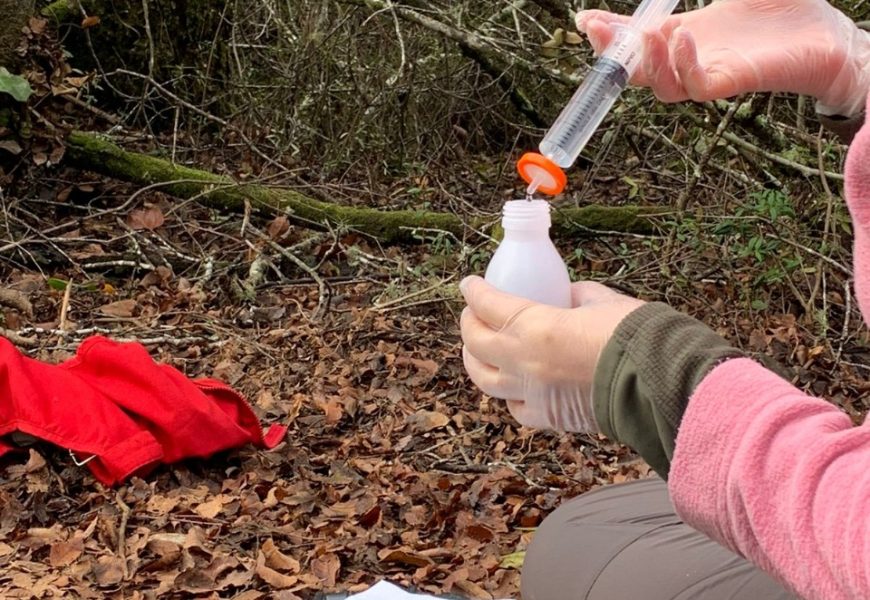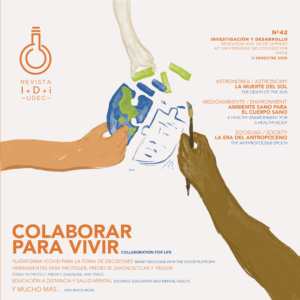By: Antonia Elmes Merino, Belén Bascur Ruiz, Communications team – Center for Water Resources for Agriculture and Mining (CRHIAM)/ crhiam@udec.cl
Images: Courtesy of CRHIAM
Leer en español
In Chile, during the 1970s and 1980s, 200,000 hectares of native forest were replaced by exotic species, a measure to use highly eroded soils with low productivity after poor agricultural management. Forest plantations currently cover more than 3 million hectares, according to CONAF data (2023). Species such as Pinus radiata and Eucalyptus globulus represent 60% and 35% of the hectares of plantations, respectively, according to INFOR 2024.
In this context, researchers from the Center for Water Resources for Agriculture and Mining (CRHIAM) published the Communication Series “Impacts of land use change in an urban basin,” where they studied the impact that changes in soils have on watersheds, in this case, three sub-basins of the Nonguén basin.
The CRHIAM Associate Researcher, Dr. Fernanda Álvarez, explains that “clear differences are revealed that depend almost exclusively on the type of vegetation cover. In the W sub-basin, dominated by pine plantations with recent harvesting operations, the suspended sediments reaching the estuaries are between two and three times greater than those recorded in the S sub-basin, where the native forest predominates. The N sub-basin has intermediate values with a mixture of both coverages.”
The document indicates that the change of native forest for forest monocultures has produced changes in the physical properties of the soil in the plantations, such as the reduction and alteration of organic matter, which leads to a greater exposure of the soil to rain. Eventually, this causes erosion, a natural process of sedimentation, where particles are removed and detachment occurs. These particles are then transported down the slopes to lower areas.
On the other hand, native forests have understories, which protect the soil from erosion. They form a layer of mulch or ground cover composed of branches, leaves, and other organic materials, providing greater protection from rain.

Effects of forest plantations in the Nonguén basin
Soil erosion in plantations is caused mainly by anthropogenic factors. Among them, the productive activities of forestry work, such as the opening of roads, constructions and operation of machinery, the felling of trees and the preparation of forest areas, which leave the soils exposed to the action of rain producing the mobilization of trace elements and sediments suspended in the water, taking them to the rivers, where they can affect the water quality, transport of nutrients and pollutants.
Dr. Álvarez points out that the results observed in the sediment loads are not due to changes in the composition of rocks or the climate, which is similar in the three areas, but “to the loss of mulch and soil compaction left by forestry,” which leaves the terrain exposed and “rains carry fine particles loaded with trace elements such as iron, aluminum and arsenic, which are incorporated into running water,” she adds.
As turbidity and trace elements increase in the W subbasin, the water needs more treatment before being used for human consumption, and the ecosystem balance is also altered, since “the extra sediment reduces the light available to aquatic organisms and can transport nutrients or pollutants,” explains the researcher.
Finally, Dr. Álvarez emphasizes that “the study confirms that maintaining the native forest or applying forestry practices that reduce soil removal is key to protecting the water quality and biodiversity of the Nonguén National Park.”
It should be noted that this series is based on the project led by Dr. Álvarez, together with geologist Dr. Pamela Castillo: “Effect of land use change on the geochemistry of the Nonguén Basin and its impact on chemical weathering”, funded by the Vice-Rectorate for Research and Development of the University of Concepción.
Last modified: 3 de septiembre de 2025






